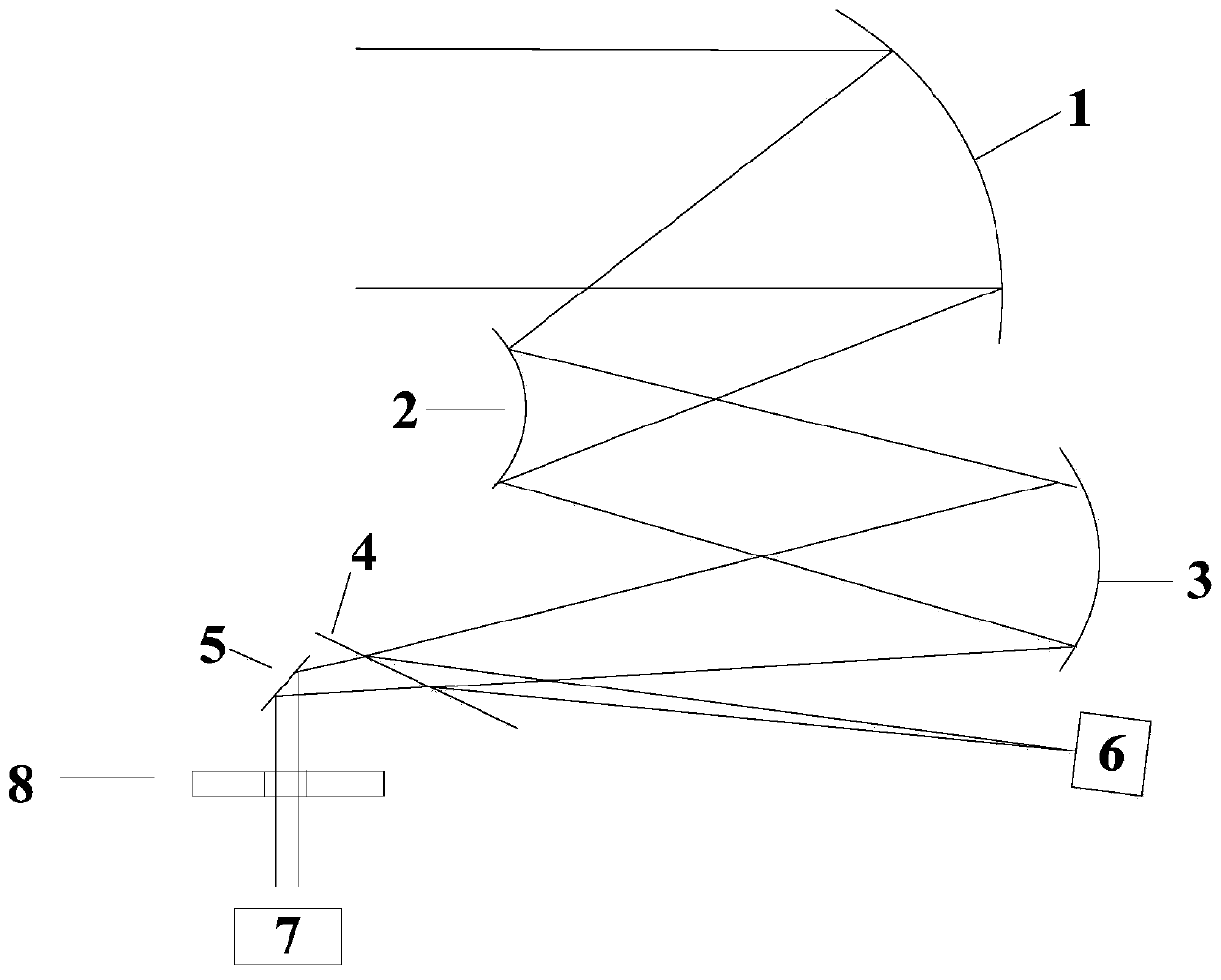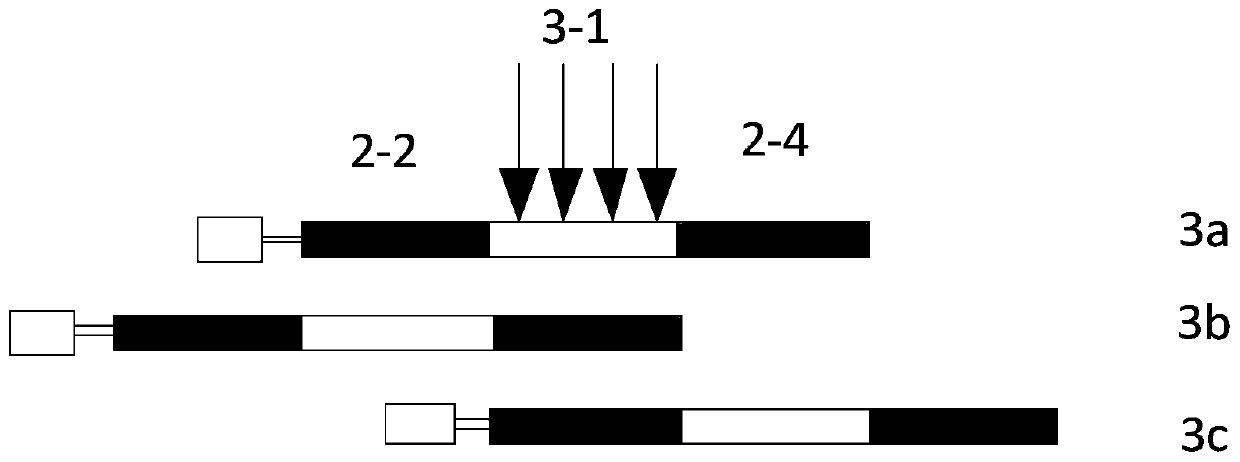In-orbit on-satellite Infrared radiation calibration system of multi-light integrated large-aperture space camera
An infrared radiation and large-aperture technology, applied in the field of space optics, can solve the problems of difficult to achieve large-aperture high-resolution detection, cannot meet the calibration requirements, and the high cost of the calibration system, so as to achieve good engineering application prospects and increase radiation Scaling temperature range, subtracting effects of stray radiation
- Summary
- Abstract
- Description
- Claims
- Application Information
AI Technical Summary
Problems solved by technology
Method used
Image
Examples
Embodiment Construction
[0031] The following will clearly and completely describe the technical solutions in the embodiments of the present invention with reference to the accompanying drawings in the embodiments of the present invention. Obviously, the described embodiments are only some of the embodiments of the present invention, not all of them. Based on the embodiments of the present invention, all other embodiments obtained by persons of ordinary skill in the art without making creative efforts belong to the protection scope of the present invention.
[0032] see figure 1 , provides a radiometric calibration system on orbiting stars for the present invention, comprising: primary mirror 1, secondary mirror 2, third mirror 3, beam splitter 4, infrared reflector 5, visible light focal plane assembly 6, infrared imaging assembly 7 And an infrared calibration component 8, the infrared calibration component 8 is arranged between the infrared mirror 5 and the infrared imaging component 7.
[0033] In...
PUM
 Login to View More
Login to View More Abstract
Description
Claims
Application Information
 Login to View More
Login to View More - R&D
- Intellectual Property
- Life Sciences
- Materials
- Tech Scout
- Unparalleled Data Quality
- Higher Quality Content
- 60% Fewer Hallucinations
Browse by: Latest US Patents, China's latest patents, Technical Efficacy Thesaurus, Application Domain, Technology Topic, Popular Technical Reports.
© 2025 PatSnap. All rights reserved.Legal|Privacy policy|Modern Slavery Act Transparency Statement|Sitemap|About US| Contact US: help@patsnap.com



